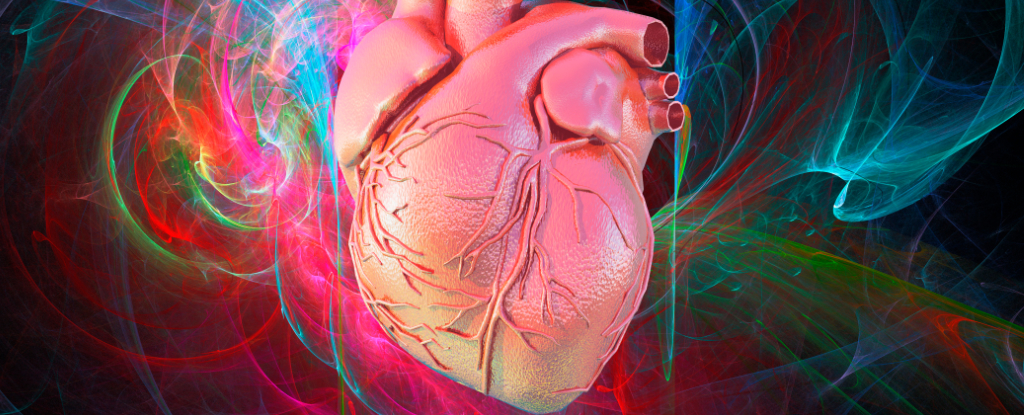Two meteor showers – the Southern Delta Aquariids and Alpha Capricornids – are scheduled to peak around the same time Tuesday evening. And one is known for its spectacularly bright fireballs.
The best time to see any meteor shower – including this double event – is between 2 am and 4 am local time, Nick Moskovitz, a planetary astronomer at Lowell Observatory in Arizona, told Business Insider.
People in the Southern Hemisphere are in for a better show, but folks in the Northern Hemisphere can still enjoy the shower if they know where to look, Moskovitz said.
Where to see this week’s double meteor shower in the US
If you’re in the US, Moskovitz recommends finding a place where you have a clear view of the southern horizon and are as far away as possible from any light pollution.
“If you’re looking to the southern sky from the US, what you’ll see is meteors heading to the north, the east, and the west from the Southern Hemisphere,” Moskovitz, who has nearly 100 cameras set up across Arizona that observe hundreds of meteors showers a year, told BI.
These two meteor showers are named for the southern adjoining constellations Aquarius and Capricornus where they appear to radiate from.
People in the Southern Hemisphere will see the meteors overhead because that’s where the constellations will be around peak viewing time, when you can see the most meteors per hour. But in the Northern Hemisphere, you must look south to catch them as they streak across the night sky.
You don’t need a telescope or binoculars. Meteors move so fast, the best way to see as many as you can is with the unaided eye. However, you will need some time and patience.
“People go out and get disappointed after five minutes and go in. You really need 15 minutes for your eyes to adjust and acclimate to the dark,” Moskovitz said, adding that, “You got to find the site, you got to get comfortable and wait.”
A double meteor shower worth checking out
On their own, the Southern Delta Aquariids and Alpha Capricornids meteor showers are less spectacular than larger showers like the Perseids, which peak in mid-August. But together, the double meteor shower offers a better chance to see two very different types of meteors on the same night.
During its peak, the Southern Delta Aquariids can generate about 25 shooting stars per hour and the Alpha Capricornids produce about five per hour. And Tuesday night is the best chance of catching both, Moskovitz said.
Unlike the Aquariids meteors, which are usually faint and small, the Capricornids can produce brilliant fireballs – the kind of very bright shooting stars that people get excited about, Moskovitz said.
The two meteor showers traditionally peak around the end of July every year, but their peaks usually don’t coincide on the same night. This year is an exception.
What causes a double meteor shower
Earth regularly passes through streams of dirt, ice, and dust left over from comets whizzing through our solar system. When that debris enters Earth’s atmosphere, it burns up and we see that heat as a shooting star, aka a meteor.
Moskovitz compares it to bugs on a windshield. “Earth is the windshield and the bugs are all these meteors smacking into the atmosphere,” he said.
In the case of this double meteor shower, “the thing that’s a little bit unusual here is that there happened to be two streams in space that are so close to one another that we see them as sort of a double meteor shower. And that’s just kind of a coincidence,” Moskovitz said.
As far as meteor showers go, this double event happening tomorrow evening is one of the better ones to enjoy.
“This is a good time of year to do it,” Moskovitz said, adding that summer evenings offer mild temperatures so “you’ll be a little more comfortable and it’s not the worst way to spend a few hours of your night.”
This article was originally published by Business Insider.
More from Business Insider:





